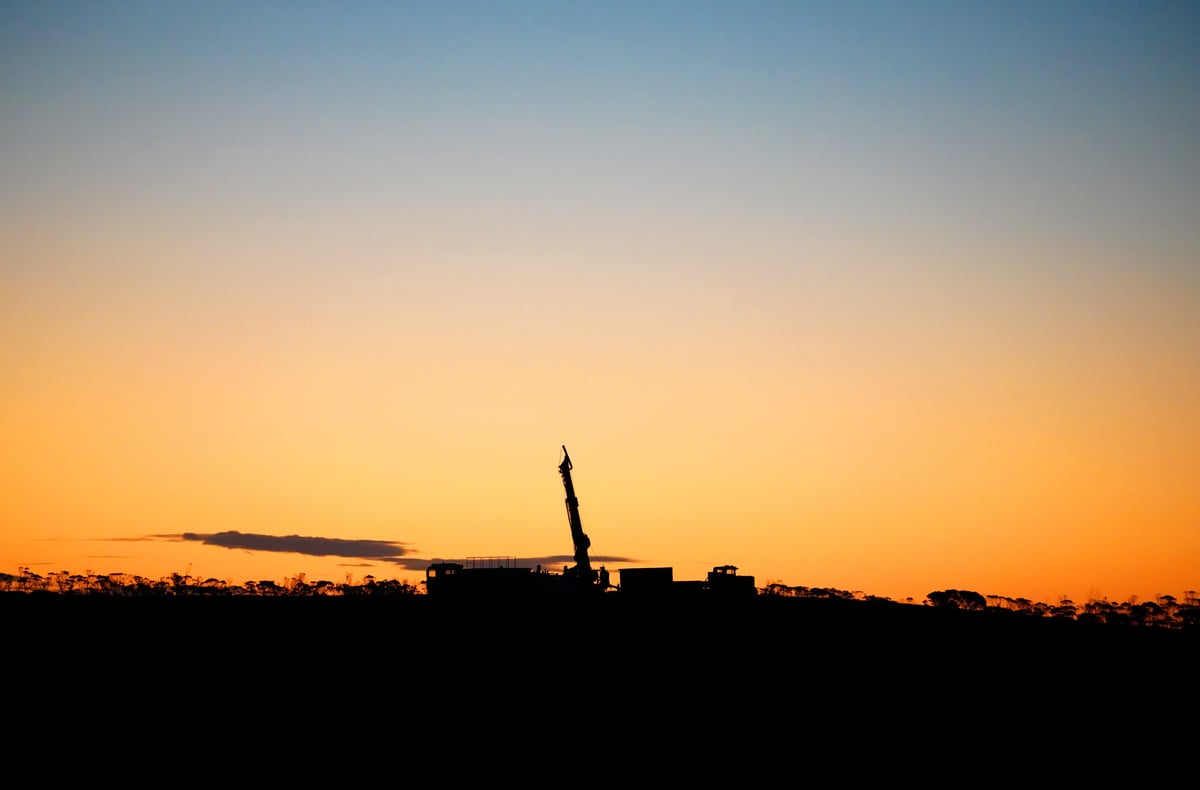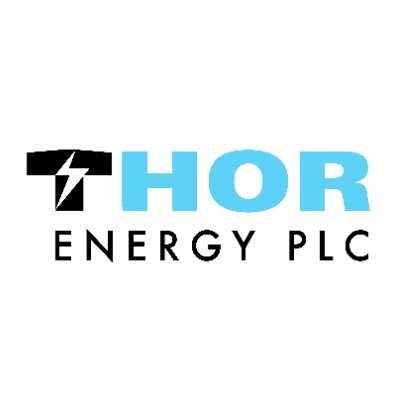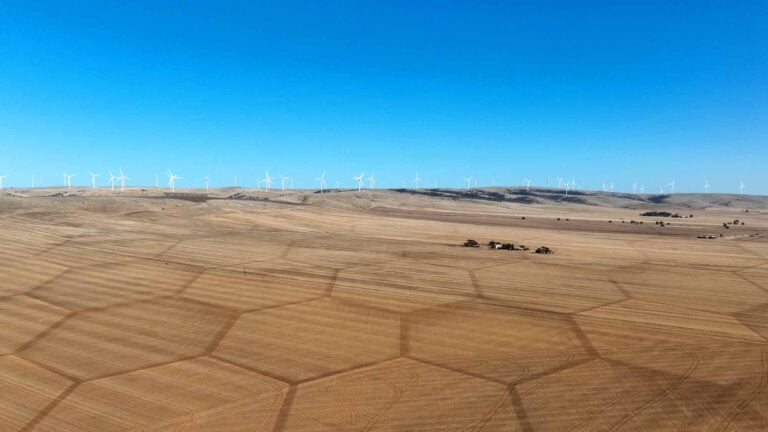Thor Energy Plc (LON:THR) Managing Director Andrew Hume caught up with DirectorsTalk to discuss the ongoing geochemical survey campaign in South Australia and the rising interest in natural hydrogen.
Q1: Andrew, it’s great to be joining you on site. Can you tell us a little bit about where you are and what you’re doing there?
A1: I’m in an amazing place, as you can see, the skies are blue, surrounded by beautiful green gum trees. Of course, I’m in South Australia, right next door to our main licence, the High Range Project, which we spoke about a month or so ago.
The reason I’m specifically at this spot is this mountain that I’m on is in a national park called the Wapma Thura-Southern Flinders Ranges National Park. It’s named after the Indigenous owners of this acreage, if you like, of this area, and it’s immediately adjacent to our High Range Project, which I’m not quite sure if you can see it, but through the trees you can probably get a sense of the relatively flat plain beyond. That’s towards the northern third/ northern half of our High Range Project.
So, coming into the national park here, we’re at about an altitude of about 750 metres. This hill rises up from a very flat plain, not too far above sea level, and just gives us great perspective. It’s actually a really interesting point to be, because geologically it’s meaningful for us because we’re adjacent to where a big old landmass, and where a big mountain belt was formed about half a billion years ago, pretty long time ago, and has now eroded back. Even the point I’m on now, it would have been a much higher mountain many hundreds of millions of years ago.
The reason we’re here is because, on this mountain specifically, we can look out over the land, get a better sense of our geological maps, of our understanding of the geology and the geophysics, and relate that to what you’re seeing with the eye. So, it’s great to be given that opportunity. The reason why we’re here in the field is we’ve actually got a campaign going on in the field at the moment for the last couple of weeks, another week or two to go, where we’re running a geochemical baseline study across the entire licence; 260 kilometres, 160 miles roughly north to south, 30/40/50 kilometres east to west on average, 20/30 miles. So, it’s a vast area, currently about 6,500 square kilometres of licence, so it’s a huge block.
We’ll run this geochemical survey across the entire area to give us a baseline feel of what the natural hydrogen and helium concentrations look like in the area. From there, we will be able to focus in on specific areas, perhaps do some more detailed geochemistry, some other approaches, probably some more other geophysical techniques before we fine tune exactly where we want to drill on one of our many prospects and hopefully high grade those to one or two candidates to drill next year.
So, it’s exciting to be out in the field, that’s why we’re here.
Q2: There seems to be increasing marked awareness and activity in the sector.
A2: Yes, there’s a lot going on at the moment and there’s a lot going on for Thor Energy. We’re actively in the field now, we’ve got an accelerated programme, and we hope to be drilling in, let’s say, a year, perhaps less, we’ll see. It’s a very exciting time for us. Every couple of weeks, we feel like we’re making huge learnings, fine tuning, high grading our prospectivity, that’s really going to allow us to drill in the right place in a few months’ time.
The industry as a whole in South Australia also is doing quite a lot of work. We’re learning more as a sector, we’re quite a new burgeoning sector, as we discussed last time so there’s learnings. We keep our cards close to our chest, but also, we’re happy to share and the community is quite good like that as well, both in Australia and essentially globally, where there’s also activity happening in America at the moment, which is quite interesting.
I think the other sense of activity that I see is a growing awareness of what we’re doing in this natural hydrogen space, we mentioned this last time we talked, I recall. The industry as a whole has been a little bit beset by perhaps some negativity associated with hydrogen in general. Over the last few years, there’s been a lot of attention paid to green hydrogen, the economics are just not really working it out. I wish they would, but they’re just not quite there at the scale. That’s why you’ve seen lots of projects globally cancelled over the last few months.
I think to some extent people naturally, I suppose, see natural hydrogen, and green hydrogen in the same space but of course, they’re fundamentally different things. We’re not producing the gas; we’ll be extracting it from the ground because the geology itself is producing the gas. It’s essentially the cleanest form of energy you could ever get, if you chose to use the hydrogen as an energy source, there’s some industrial application for it as well, and relatively low cost because we can use oil and gas techniques, drilling, extraction etc.
So, it’s not exactly 100% the same, but we can borrow a lot of that technology which has been developed over the last 100/150 years to allow us to do very cheap drilling and potentially produce the hydrogen at a fraction of how you could produce hydrogen at any other means. And indeed, probably cheaper than natural gas and other sources as well so it’s exciting.
I think that change in attitude that we’re seeing from the industry, from investment, is starting to bring some big investors in. We’re starting to see some big names, household names, that are starting to invest in some of the companies globally, but specifically here in South Australia, Australia-wide.
Q3: What are the next steps for Thor Energy?
A3: We’re having great fun here, it’s really exciting to be doing this work here so we look forward to completing the work another week or two, we get results instantaneously, but we’ll do a little bit of work and try and understand exactly what they mean. Probably in the space of the next three or four weeks, end of May/beginning of June, that time frame, we’ll be coming to the market and telling everyone what we’ve found and what that means for the next tranche of work, which will be coming soon.
Each time we do this, we better understand our prospectivity, we better high grade and focus in on what we’re going to drill, and we get closer to drilling that well and hopefully making a discovery.





































